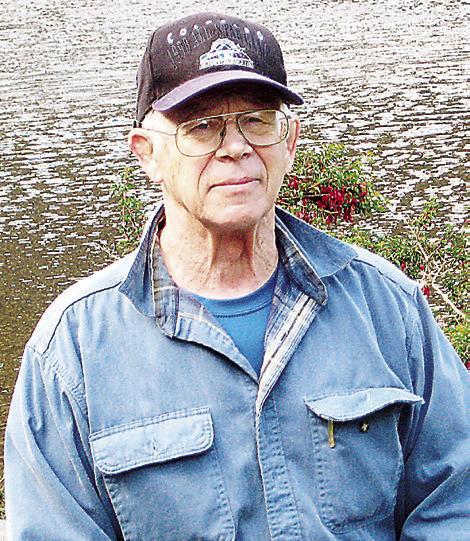
Moe Johnson Running with Moe
How to train for running Marathons
After watching the Boston Marathon on television and talking with other runners about running a marathon, many runners make a decision to train to run a marathon. The most difficult part of this decision is that most have very little knowledge of what it takes to run 26.2 miles of a marathon. Having trained a number of runners to run a marathon, one of the first things I tell them is that to run a marathon and enjoy it and be successful is that the training time is about 12 to 14 weeks or more.
The point to mention is that most runners that decide to run a marathon have only entered 5K and 10K races and at most have a longest run of maybe 8 miles. That distance is less than a third of the distance of a marathon. And the jump from 8 miles to training runs of 18 to 22 miles is quite a leap for most runners. The build-up in miles is a gradual process and an adaptation of the muscles and cardiovascular systems to adjust to the increase in running more miles has to allow time for this to happen. Trying to achieve the increase in distance too fast increases the chances for injury from strained muscles and stress on the feet, the knees, the hip, and lower back areas. And the older you are the longer it may take to adjust to this increase in running miles.
Assuming a runner has entered and finished running 5K races the process of adding miles takes a good 12 - 14 weeks to reach the fitness required to run 26.2 miles “comfortably”. One of the first priorities I told my runners is that the first objective is to finish the marathon. The second objective is to try and run all the way. The third objective is to run at an established time. The first objective to finish a marathon does not specify that you have to run every mile. Walking is okay and the amount of time it takes you to cross the finish line comes later. Once you finish completing the distance of a marathon you can tell other runners that you have run a marathon. The word “run” is the term you can use whether you ran most of the way and had a few miles of walking over the course, which makes no difference as the key is you ‘ran’ and finished a marathon.
One of the key components to increasing the number of miles in training is that it will be an extra effort and strain on the body and the need to include rest weeks with slower and shorter weeks built in the program. An example is that the buildup in miles over two or three weeks needs to have the next week a rest week of shorter miles and slower paces. The chances of an injury increases if you do not allow time for the body to adapt to this increase in training. The key phrase is 'do not run hurt.' Running long runs with an injury only increases the severity of the injury. A minor injury may turn into a more serious injury if you continue hard training.
There are two factors in marathon training. One is the total miles for the week and the other is the long run usually on weekends. Of the two factors the long run is probably more important than the total miles for the week. I recommended doing increases for long runs twice a few times. It seems the first time you move up in mileage it is hard to do. The second time is much easier and any increase after that is also easier. An example of two programs for long runs is included. The ‘A’ program is for runners that have run 5K’s. The ‘B’ program is for runners that have run 10K and 15K races.
A: 4; 6; 6; 8; 8; 10; 12; 8; 12; 15; 15; 10; 18; 18; 15; 12; - 26.2 B: 8; 10; 10; 12; 12; 8; 15; 15;10;18; 15; 12; 18; 20;15; 12; – 26.2 The total mile section includes the long run miles so the runs during the week may not be as long. An example is the long run is 12 miles and your total miles for the week is 40 miles. That means the other six days of running during the week only totals 28 miles, or an average of less than 5 miles. If you include an 8 mile run in the middle of the week a couple of runs might be 3 miles or so. That is part of the necessary rest periods built into training to give the body time to recover. The initial point of all of this training was to run a marathon. After talking with many of the first time marathoners the one point that they were most proud of was the training for the marathon. This was more of an achievement than the actual marathon itself and the one thing they were most proud of. It is noted that many runners after completing a marathon go on to run another one and find it easier.











